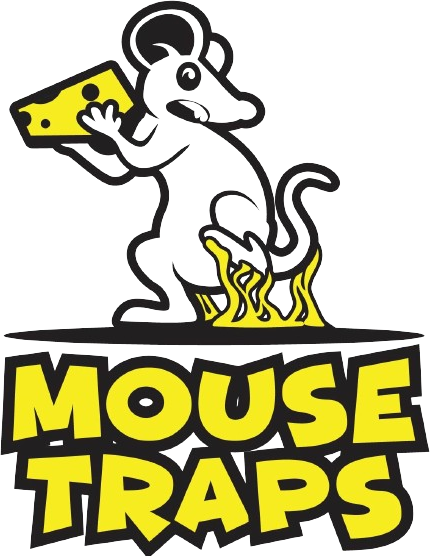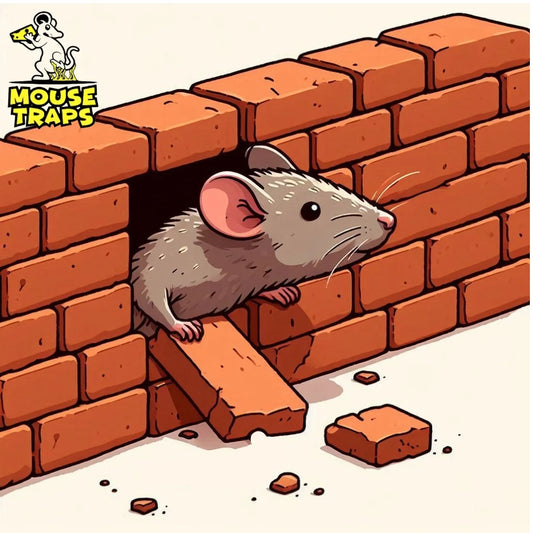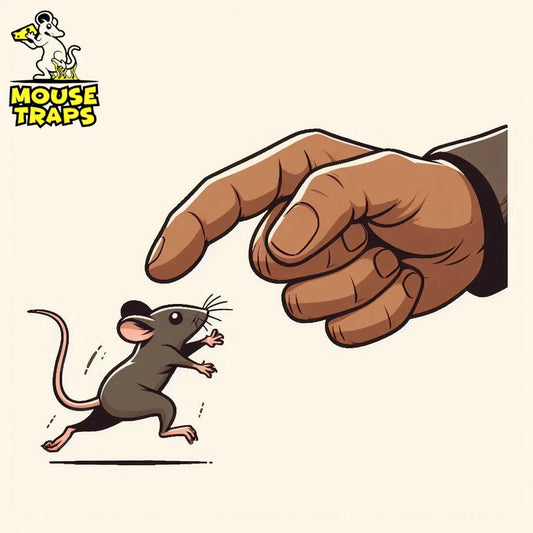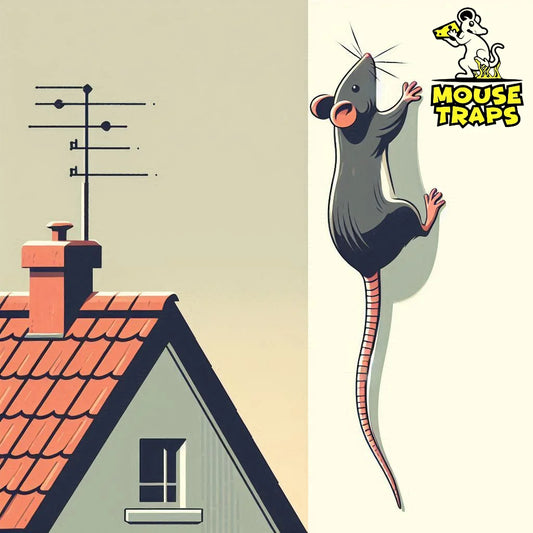Introduction:
Using rat traps is a method, for managing rat numbers. Placing them close, to water sources or ponds can have serious implications. Lets explore the risks and safety measures linked to this approach.
Understanding the Risks:
Contamination of Water Sources

- Rat traps may contain toxic substances or pesticides that can leach into water sources, contaminating them.
- The substances utilized in traps can impact life and the ecosystem as a whole.
Risk of Secondary Poisoning

- Predators such as birds or fish may consume rats caught in traps, leading to secondary poisoning.
- This could disturb the balance of the ecosystem. Endanger the well being of wildlife.
Water Pollution
- Decomposing rat carcasses near water sources can pollute the water, leading to foul odors and potential health hazards.
- Decomposing rats can release bacteria and pathogens into the water potentially endangering both humans and animals.
Impact on Biodiversity
- Placing rat traps close, to water sources may unintentionally harm animals such, as amphibians, reptiles and birds.
- The decline, in biodiversity can lead to a chain reaction that impacts the stability and ability of the ecosystem to recover.
Precautions to Minimize Risks:
Choose Safe Trapping Methods
- Opt for rat traps that are designed to minimize environmental impact and use non-toxic baits.
- Consider alternative methods such as live traps or integrated pest management strategies.
Live Humane Mouse Traps:
Live humane mouse traps are designed to catch mice without harming them. These traps typically consist of a small box or cage with a one-way entry mechanism, allowing mice to enter but not escape. Once the mouse is trapped, it can be safely released outdoors away from the home.

Benefits of live humane mouse traps:
- Humane: These traps allow you to capture mice without causing them harm, providing a more ethical alternative to traditional snap traps or poison.
- Safe: Live traps are safe to use around children and pets, as there are no toxic substances or mechanisms that could injure them.
- Reusable: Many live traps can be used multiple times, making them a cost-effective and environmentally friendly option.
- Easy to Use: Live traps are generally easy to set up and bait, requiring minimal effort to catch mice.
- Reduces Odors: Unlike other traps that may lead to the death of mice inside walls or other inaccessible areas, live traps allow you to release mice outside, reducing the likelihood of unpleasant odors.
Proper Placement
- Position rat traps away from water sources or ponds to prevent accidental contamination.
- Place traps in areas where rats frequent, such as near food sources or nesting sites.
Regular Monitoring
- Check traps frequently to ensure captured rats are promptly removed to prevent decomposition.
- Monitor water quality near trap sites to detect any signs of contamination early.
Dispose of Carcasses Responsibly

- Dispose of rat carcasses in sealed bags and dispose of them according to local regulations.
- Avoid dumping carcasses near water sources to prevent pollution and minimize health risks.
Importance of Responsible Pest Control:
Sustainable Practices
- Adopting environmentally friendly pest control methods promotes sustainability and protects ecosystems.
- By reducing the reliance, on substances we can protect our water bodies. Maintain the diversity of wildlife.
Community Health
- Protecting water sources from contamination ensures access to clean and safe drinking water for communities.
- Engaging in pest control methods helps safeguard health by lowering the chances of waterborne illnesses.

Long-Term Benefits
- Implementing precautionary measures now can prevent long-term environmental damage and mitigate risks.
- Raising awareness about the risks associated with placing rat traps near water sources encourages a mindset of caring for the environment.
Frequently Asked Questions (FAQs):
Can I use rat traps near a backyard pond?
What should I do if I accidentally trap a non-target species near a water source?
Are there any eco-friendly alternatives to traditional rat traps?
How often should I check rat traps near water sources?
What should I do if I suspect water contamination from rat traps?
Conclusion:
Placing rat traps close, to bodies of water such as ponds can bring about dangers to the environment, wildlife and human well being. By recognizing these hazards and implementing safety measures we can reduce harm to nature. Advocate for eco friendly pest control methods. Preserving our water sources and protecting biodiversity, for generations requires an emphasis, on pest control measures.




